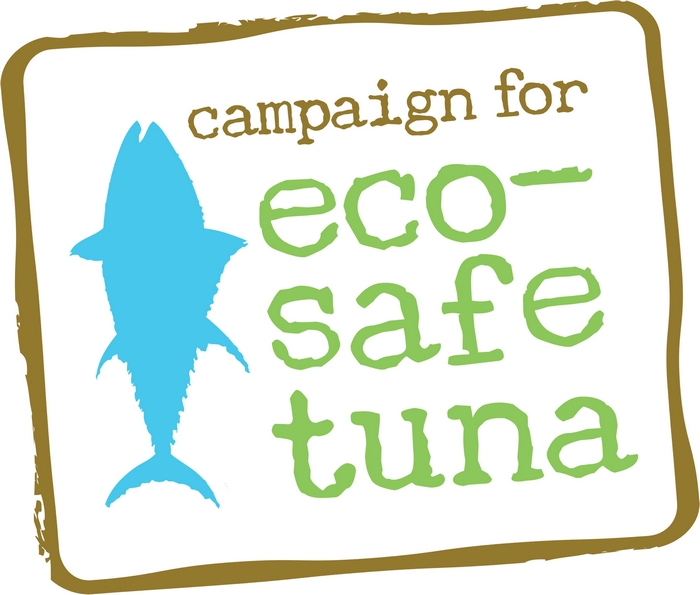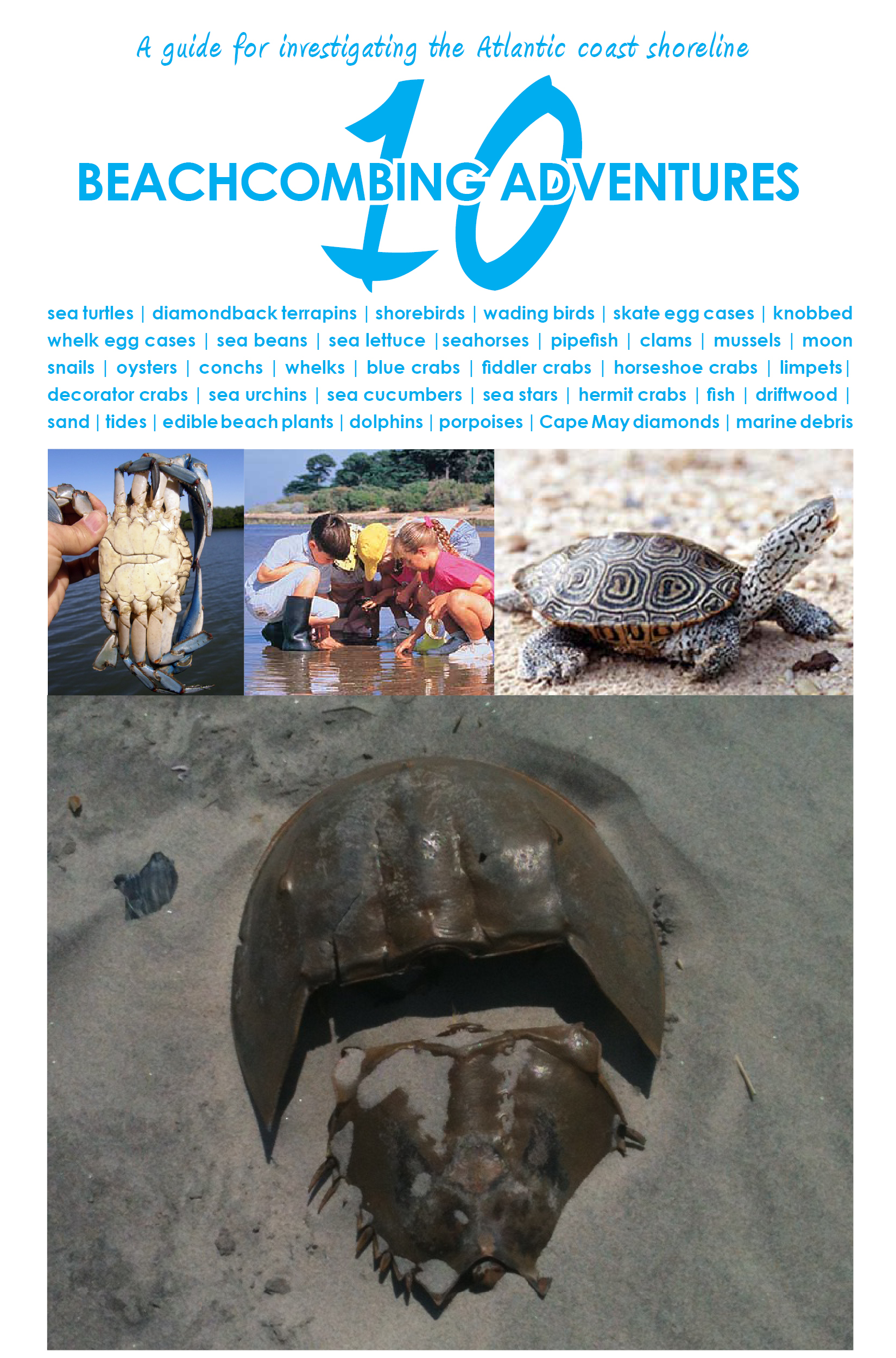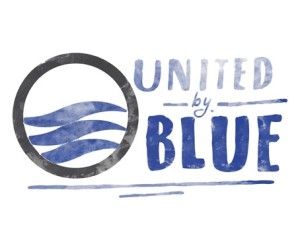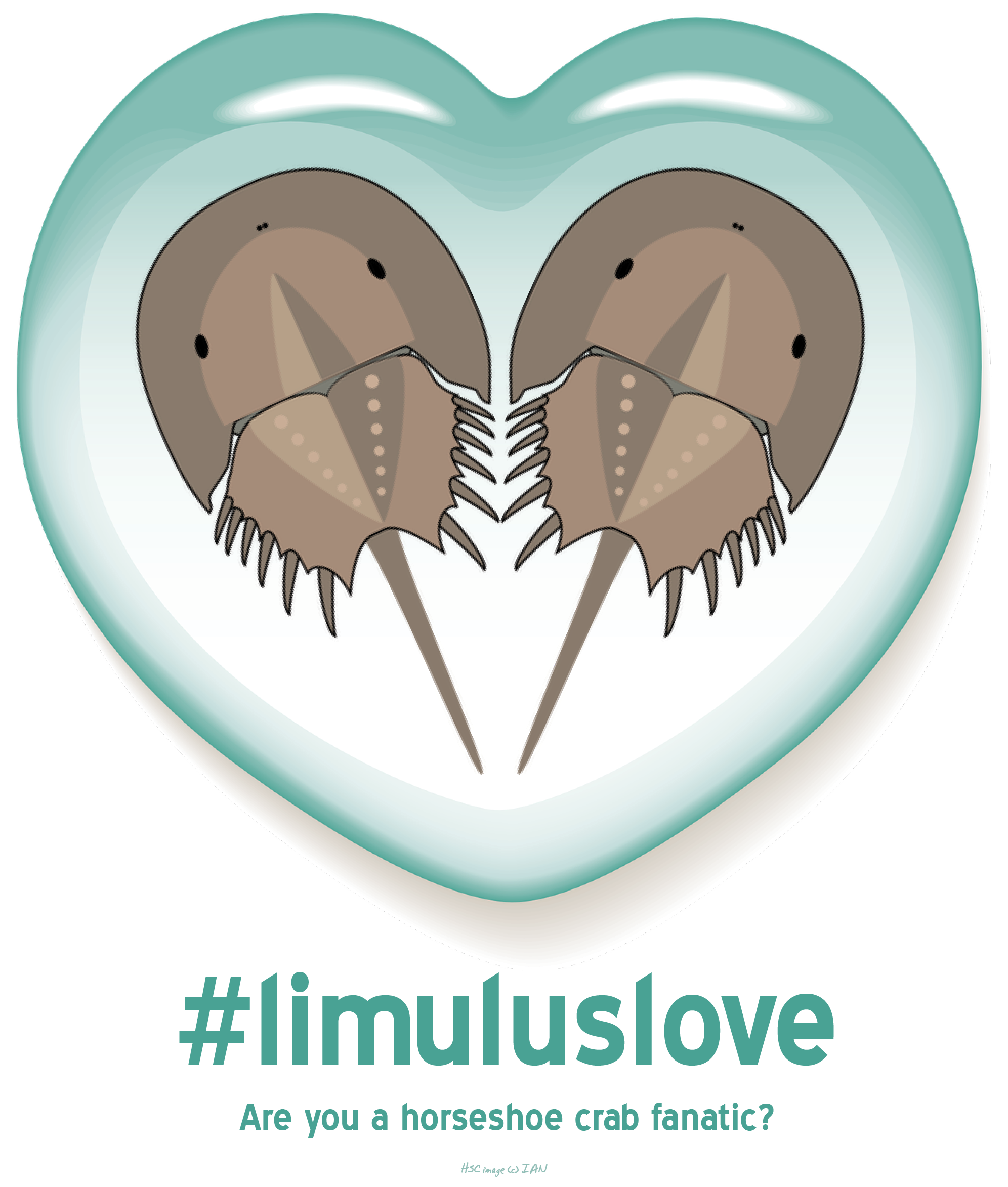Xiphosura is the order of the Atlantic horseshoe crab and its three closest living related species.
Marine & Freshwater Environmental Education
Follow BCS on Twitter
My TweetsWant updates on BCS posts?
Scroll through the BCS archives …
Learn more on …
Random posts from BCS …
A naturalist’s must-see destination: Chesapeake Bay
This is a continuation on the “Where we live” series. The Chesapeake Bay has undergone similar changes to the San Francisco Bay as the population increased along its shores. As the largest estuary in North America (not the longest, which is the Indian River Lagoon in Florida), it is not surprising that the watershed of […]
Christmas critter countdown: Cookie cutter shark
Another day of the countdown. This time it’s the ferocious cookie cutter shark. There’s nothing short of remarkably awesome when it comes to these sharks. They are small but also skillful in their ability to sneak up and eat prey much larger. They even have the largest tooth-to-body-length ratio of any shark (including the great […]
How do female terrapins navigate to a nesting site?
The answer is “very carefully”. Female terrapins need to look for a spot above the high tide line to lay a nest for their eggs (They lay on average 2 clutches of approximately a dozen eggs each summer). The challenge is getting to a spot on the beach above the high tide line (dunes are […]
What is your fish of the day?
When you are going out to eat and want to eat seafood that is good for you and good for the sustainability of the ocean carry around the Monterey Bay Aquarium Seafood Watch pocket guide. It lists the best choices, good alternatives and what to avoid. This guide can be downloaded and printed out, is […]
What are the fastest fish in the sea?
Not too long ago, I provided an update on the fastest fish in the sea, the Indo-Pacific sailfish (Istiophorus platypterus). I thought it would be interesting to do some research on how fast this fish is in comparison to other animals on land and in the sea and create a graphic to illustrate it. First, […]
Take the Earth Pledge this Memorial Day weekend
It’s going to be a very busy travel weekend this Memorial Day weekend with 34.8 million Americans trekking 50 miles or more from home base. While you’re traveling, please remember to take this Earth Pledge as a reminder on how to treat the beautiful places you’ll be visiting. Also, please acknowledge that Memorial Day is […]
February 3rd: International Strawfree Day
Thanks to Inland Ocean Coalition for sharing this information about this upcoming Saturday: “Join the movement on February 3rd for International Strawfree Day! Every day the United States uses 500 million straws, enough to encircle the earth 2.5 times! The global total is undoubtedly much larger. Please do your part and say no to straws […]
What do you call a person that collects sea shells?
In the most amateur sense you would call yourself a shell collector…However, considering the fact that you are not just collecting for the sake of collecting (although you may be), but to study the specimens (even if it may be in the most primitive sense), therefore, you can call yourself a conchologist. A person that […]
Marine Mammal Monday: Sea lions
Please feel free to share with your friends and family where you learned something new about sea lions today! Also, ask away! If you have a question about something you found on the beach or just something you’re curious about just send an email to info@beachchairscientist.com or tweet us!
What is the second largest reef in the world?
Interesting question. The top three largest coral reef ecosystems in the world are: 1) Great Barrier Reef off the coast of Australia 2) Belize Barrier Reef 3) Florida Keys Reef Ecosystem A coral reef ecosystem relies on teamwork between the coral animal (a type of cnidarians) and an algae called zooxannthellea.
Flickr photos …
What people are saying …
- Robert Emahiser on Why you should never walk on dunes
- Lesa on 10 brief facts on bioluminescence
- Lisa on Limulus Love
- Beach Chair Scientist on 17 facts about the wee sea potatoes
- Bernard Rejterada on 17 facts about the wee sea potatoes
- Brian on What is the difference between a summer and winter flounder?
- Inbound marketing on 15 facts about the Portuguese man-of-war that’ll have you saying “Didya know…?”
- Donnie Huckabee on Wordless Wednesday | Shell art
- John on Why you should never walk on dunes
- ItzJaylaD on What I know about whale sharks
Top posts & pages from BCS …
- Hurricane vs. Cyclone vs. Typhoon
- A House for Hermit Crab
- How to handle a horseshoe crab
- Snot's your house
- Wednesday Wisdom: Various quotes (Alaska scenes)
- A naturalist's must-see destination: Fossil Hunting at Bayfront State Park in Chesapeake Beach, MD
- Belly biology creates lasting memories
- Five awful puns about courtship in the sea
- Horseshoe crabs confirmed as members of arachnid family
- Beyond the bag: Other plastics being banned







Speak Your Mind